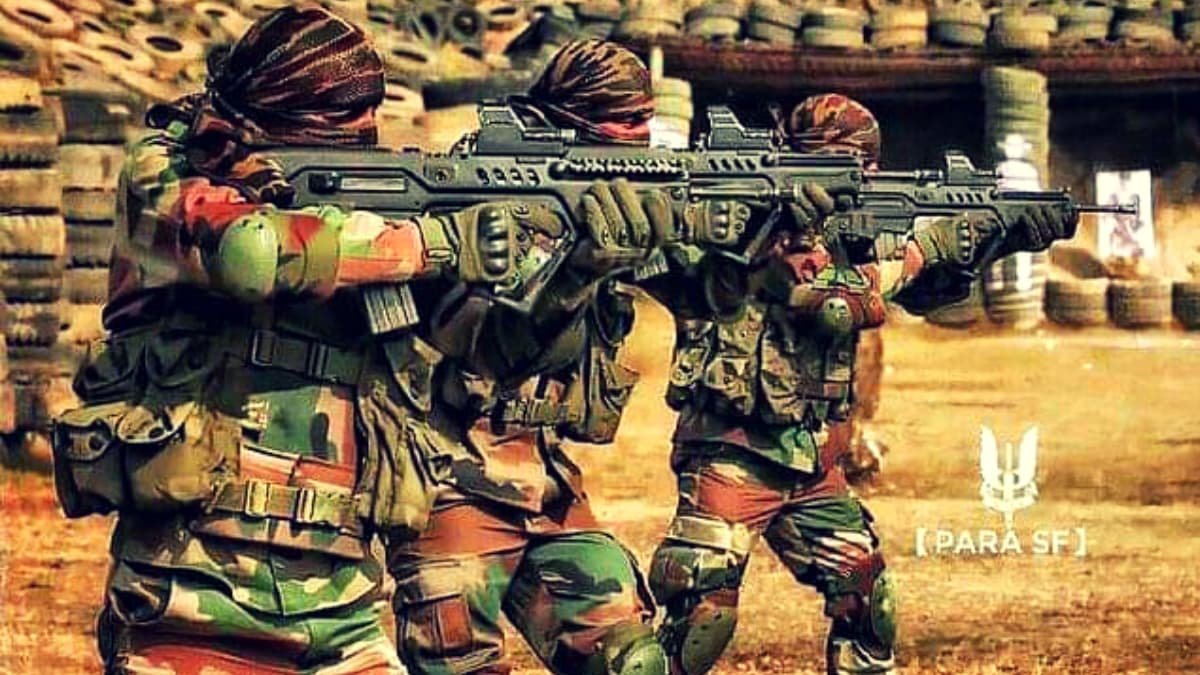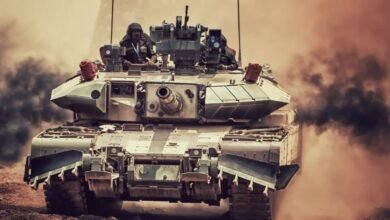Operation Ginger: Surgical Strike Of 2011

We all must have heard of the Balakot Airstrike by IAF and the URI surgical strike by the Indian Army. In fact, today is the fourth anniversary of 2016’s surgical strikes against terrorist camps in Pakistan Occupied Kashmir by the Indian army. But there are so many missions which don’t come in such limelight because of there high secrecy. In 2016 one such mission was highlighted by The Hindu (newspaper), the name of the operation was Op. Ginger executed in 2011 when Indian soldiers crossed the LoC and avenged their fallen soldier.
The Need For An Operation
The primary reason for the strike was to avenge the fallen soldiers of the Indian Army who lost their lives when the Pakistani Border Action Team (BAT) attacked a remote army post in Gugaldhar ridge in Kupwara, on the afternoon of July 30, 2011. The soldiers of Rajput and Kumaon regiments were present there. The 19 Rajput Battalion was to be replaced by 20 Kumaon around the time the Pakistani Border Action Team (BAT) attacked them. The attacking team took back the heads of Havildar Jaipal Singh Adhikari and Lance Naik Devender Singh of 20 Kumaon. Later a soldier of 19 Rajput died in a hospital.

Planning
Major General (retired) S.K. Chakravorty, who planned and executed the operation as the chief of the Kupwara-based 28 Division, confirmed the raid to The Hindu.
After a number of reconnaissance missions performed through UAV and many were physically conducted a Police Chowki was chosen as the target. Chowki was seen as a potential target that will cause maximum damage.
Finally, the Army launched the Op. Ginger after considering all the factors. The day was Tuesday, 30 August 2011. Indian Army mainly chooses Tuesday because they always tasted victory on this day, also Pakistani would not except the retaliation the day before the Eid.
Execution
A team of about 25, mainly elite Para Commandos was chosen. They reached their launch pad at 3 a.m on 29 August and hid there until 10 p.m.They then crossed over the Line of Control to reach close to Police Chowki. By 4 a.m. on August 30, the planned day of the attack, the ambush team was deep within the enemy territory waiting to strike.
Commandos reached the site of action and placed claymore mines around that area and started waiting for the clearance to attack. A Pakistani team consisting of four soldiers, led by a JCO (Junior Commissioned Officers) started walking towards the commando’s side at around 7 a.m. the laid mines performed its role, and in the explosion, all four were injured.
Commandos rushed to the site and chopped off the heads of three soldiers as one of them fell into the stream that ran below. The rank, weapon, and other items of Pakistani soldiers were also captured. The commandos then planted pressure IED’s beneath one of the bodies, aimed to explode when anyone attempted to lift the body. Three Pakistani heads — of Subedar Parvez, Havildar Aftab, and Naik Imran — three AK 47 rifles and other weapons were among the trophies carried back by the Indian soldiers.
The previous explosion warned Pakistani soldiers and two of them rushed to the site but were killed by the second team of Commandos waiting near the ambush site. Two other Pakistani army men tried to trap the second team but a third team covering them from behind eliminated the two, says an official report.
During the time of retreating of Indian soldiers, some Pakistani troops were spotted moving from Chowki to the incident site. But the IED planted under the body again worked and at least two or three more Pakistani soldiers were killed in the blast- according to the source.
The Indian troops were inside enemy territory for 2 days for an objective that was achieved within 45 minutes. Around 7:45 Commandos left the site and head back to LoC and the first team reached the post at 12 noon and the last team by 2:30 p.m. The avenge was taken and at least eight Pakistani soldiers were killed in this battle and many others were seriously injured.


After Mission
At least a total of 8 Pakistani soldiers lost their life in this battle of blood. A source told The Hindu about the damage faced by their troops. He said about that mission-
“But this (mission) was not without the heart-pounding moments. We got a message on our secure line that one of our jawans accidentally fell on a mine and blew his finger while exfiltrating. Till the time you have seen the person, it was difficult to say what exactly could have happened. He came back safely with his buddies,”
The heads were photographed and then buried but two days later, a senior General ordered them to dig up the heads again, burn them and throw the ashes into Kishanganga to erase all the DNA traces left behind.
Source—The Hindu
Political Angle
This report on Operation Ginger caused a scuffle between the political parties. Congress claims that surgical strikes were conducted before the NDA government, but they didn’t use them for publicity. Whereas the NDA government says there is a difference in scale and style of such large level strikes.
The Congress claimed the UPA II (2009 to 2014), like the NDA government, had also conducted “surgical strikes” — but without making them public. The party listed three dates — September 1, 2011; July 28, 2013; and, January 14, 2014 — when the strikes took place.
“We have had strikes earlier, but those were mostly local,” Lieutenant General Hardev Singh Lidder, a former Chief of Integrated Defence Staff and a veteran Special Forces officer told Scroll.in. “This is the first time that strikes were carried out as a national policy, which is significant.”
Also read, Operation Brasstacks : Biggest Military Exercise Ever






Hi Karan,Nice Article. Please clarify on below.line that your mentioned in the article-“At least a total of 9-12 soldiers were attained veergati in this battle of blood”,Does this mean 9-12 casualty took place during Op Ginger or was this operation done to avenge the death these 9-12 fallen soldiers.
Thankyou for your response. Minimum 8 Pakistani soldiers lost their life in this operation. India lost 3 warriors and later Op. Ginger was performed to avenge death of 3 Indian Soldiers. Thankyou for improvement I will update it. Also read Brasstacks biggest military exercise ever.
Is it not the same as op apache?